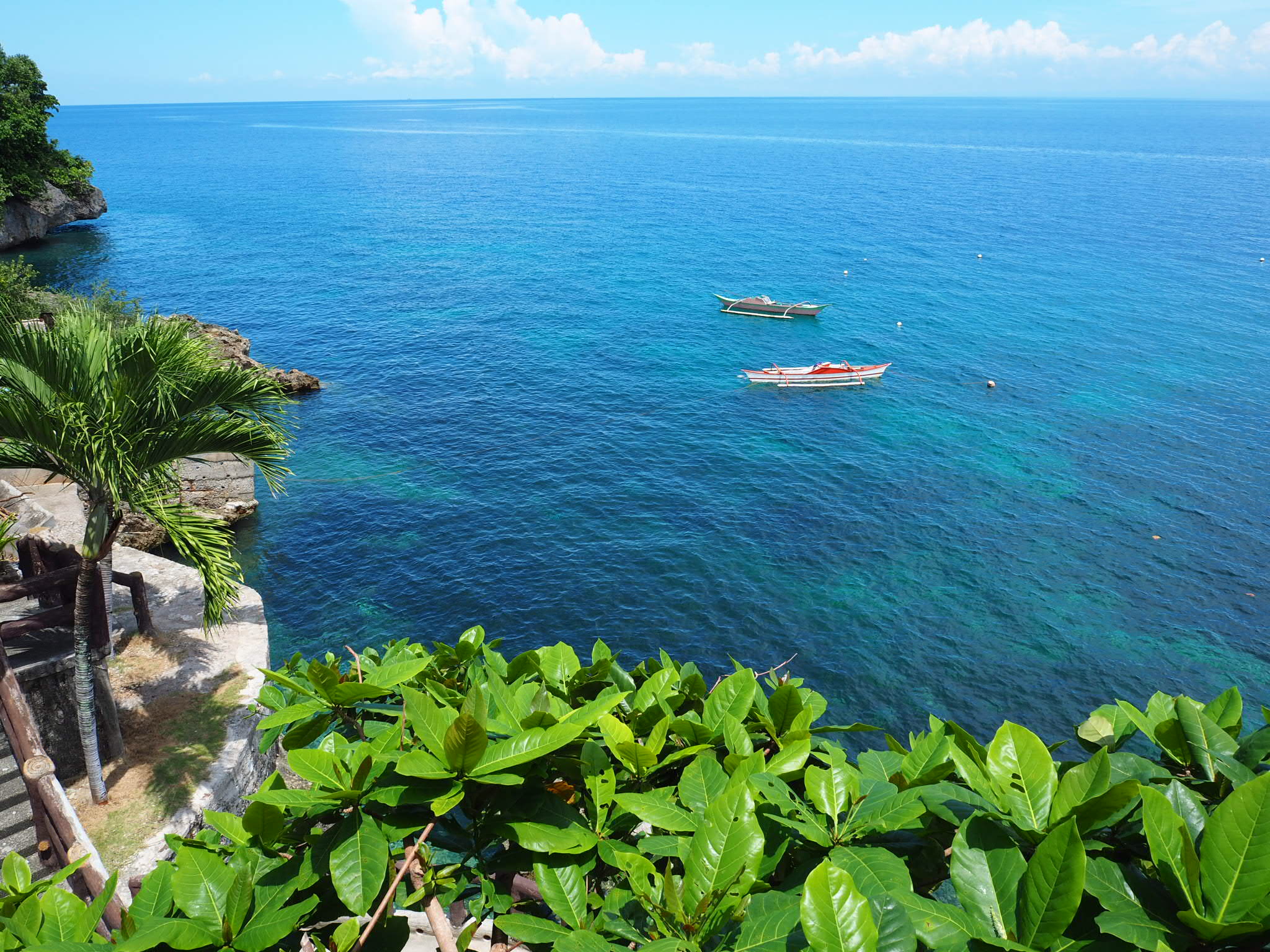South East Asia is littered with culinary magic, from the curries of Thailand and Myanmar to the amok of Cambodia and the pho of Vietnam. As traveller’s continue argue the merits of pad thai over a Vietnamese bun cha, I can’t help but feel there is a cuisine that is a late arrival to the South East Asian food party. Often overlooked, possibly even neglected from the backpacking network that exists from Hanoi to Bali, the Philippines contains incredible scenery, immense diving and a cuisine that can give any nation a run for its money.
We recently came back from 6 days in Tabogon, a ting village about 3 hours north of Cebu. A group of 10 (5 couples) of us shared a huge villa complete with pool, jacuzzi and private beach. Check out some of the photos below.
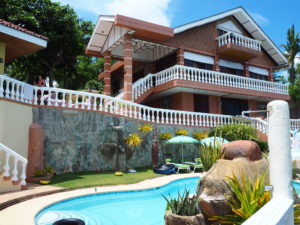

This was the first time we had done a holiday like this, and I have to say it was fantastic. We booked through Airbnb, who we absolutely love. On this occasion it was not us doing the booking or the arranging, one of the other couples took the lead on that. Through our host we were able to arrange a car to pick us up from the airport as well as take us to the local markets. There is more info on the villa and travel arrangements below for those who are interested.
This huge villa also had a couple of staff that maintained the property. One of those staff, a wonderful lady named May, cooked for us on quite a few occasions and she knocked a number of other cuisines straight down the pecking order.
Adobo
This simple to-die-for dish is possibly the most well know Filipino dish. Usually made with either chicken or pork it is served hot, on a bed of rice (or garlic rice, which I will get to later). The meat is cooked slowly with soy suace, garlic, vinegar and sometimes oyster sauce, although there are some that disagree. When we cook this at home we always use oyster sauce. Personally my favourite meat for this dish is pork belly, as the fat from the pork really adds to the flavour. However whatever meat you use, you are creating a little piece of culinary magic.
Corned Beef Silog
The main ingredient in this mouthwatering dish is unsurprisingly, corned beef. Yep, that odd looking meat that your dad has in his sandwiches can be used to create something delicious. I must confess in its regular form I’m not a huge fan of this sandwich meat. However fry it with some onions and garlic and you have something that is to die for. So simple, so good.
Sinigang
A savoury, sour soup that can be eaten at all times of the day. Packed with flavour this dish is a great accompaniment to heavier meat dishes, such as the ones mentioned above. With tamarind forming the foundations for the meat or fish, tomatoes, onions, garlic and other vegetables, this is knockout dish that is well worth sampling.
Sinangag
Also known as Filipino fried rice or garlic friend rice this dish is the perfect accompaniment to any of the above mentioned dishes. There is just something about the way this is cooked that seems to go perfectly with every meal. I don’t know what it is, but it just seems to compliment everything perfectly.
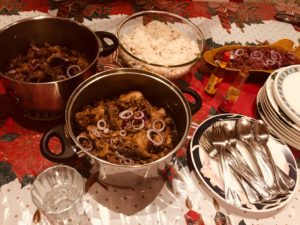
Lechon
I am saving the best till last. This may be one of the best meals I have ever eaten. Period.
Lechon in its most traditional form is an entire roast pig. For a grand total of around 7000 pesos we got enough food to feed the 10 of us for 2 days. With meat so tender it melts in your mouth, this meal is an absolute must for foodies.
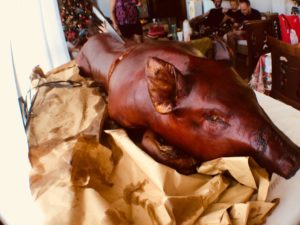
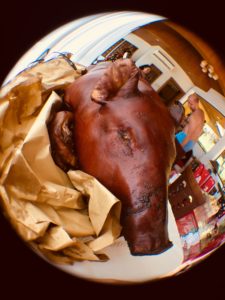
Although it hasn’t made it onto the hot foodies destinations of South East Asia yet, it surely can’t belong before this island paradise begins eating at the top table.
What we loved: The food, obviously, but our favourite was the lechon
What we struggled to love: Nothing really, although do be aware that adobo and corned beef silog can be a little salty, although no different to a zhajiang mian.
Would we go again: Yes, absolutely.
How did we get there: Plane. We flew from HK, but booked 2 sets of return flights direct through cebu pacific. HK to Manila and the Manila to Cebu. This was cheaper than buying everything together, strange. If you purchase separately make sure you leave plenty of time an Manila airport incase your flight is delayed.
Cebu Pacific is generally the cheapest internal carrier. All of our experiences with them were very positive.
Where did we book: Airbnb – follow the link here. It looks better than the pictures, trust me!

